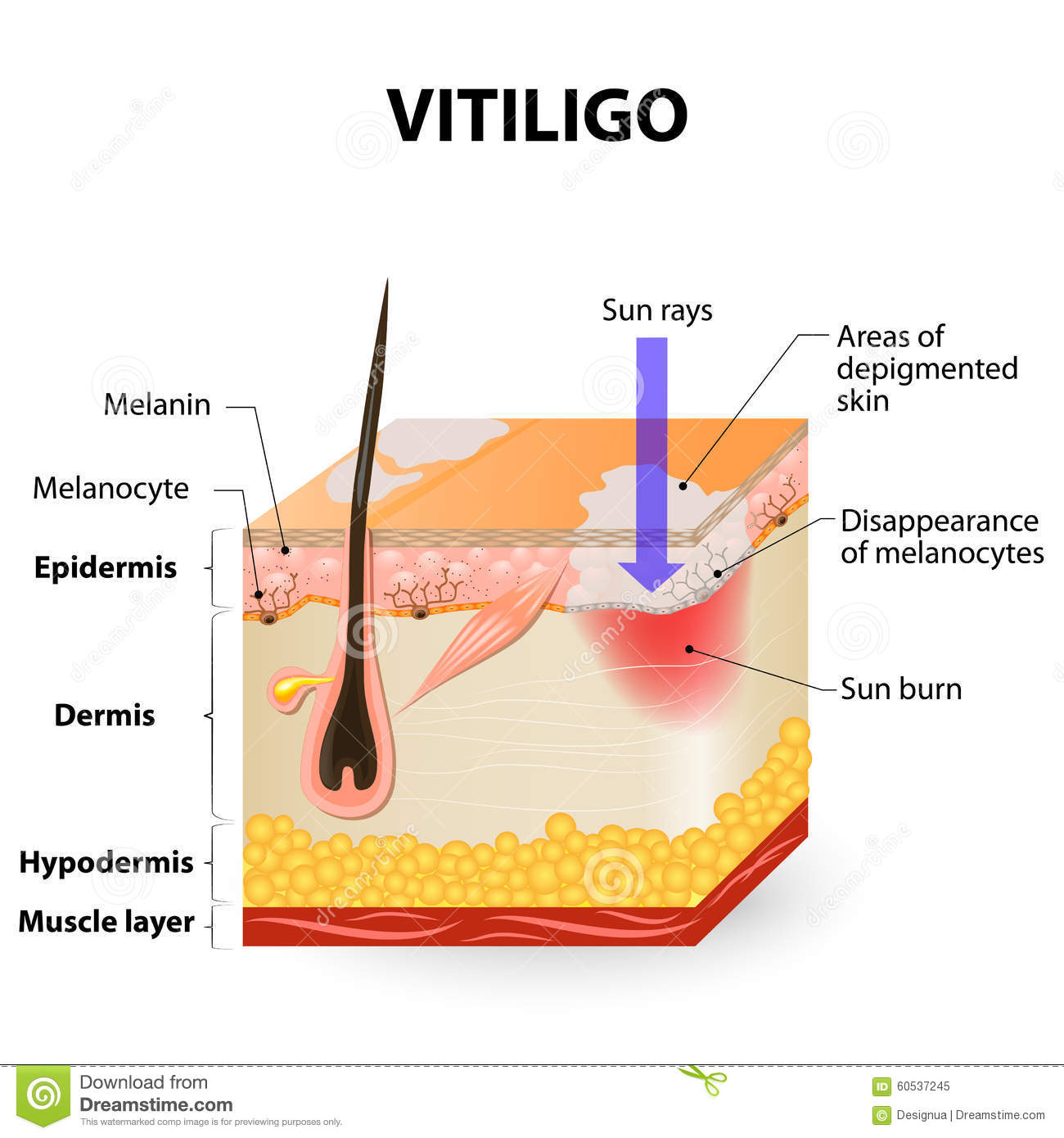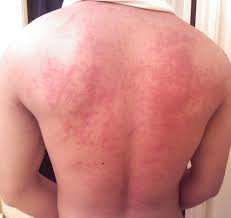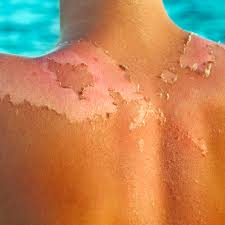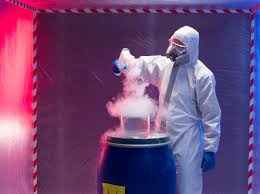WHAT IS THE CAUSES
Factors
Vitiligo occurs when pigment-producing cells (melanocytes) die or stop producing melanin
— the pigment that gives your skin, hair and eyes color.
The involved patches of skin become lighter or white. Doctors don't know why the cells fail or die.
The exact causes of vitiligo are unclear. A number of factors may contribute.
Vitiligo causes include:

an autoimmune disorder, in which the immune system
becomes overactive and destroysTrusted Source the melanocytes
|

a genetic oxidative stress imbalance
|

a stressful event
|

harm to the skin due to a critical sunburn or cut
|

exposure to some chemicals
|

a neural cause
|

heredity, as it may run in families
|

a virus
|
Vitiligo is not contagious. One person cannot catch it from another.
It can appear at any age, but studies suggest that it is more likely to start around the age of 20 years.







